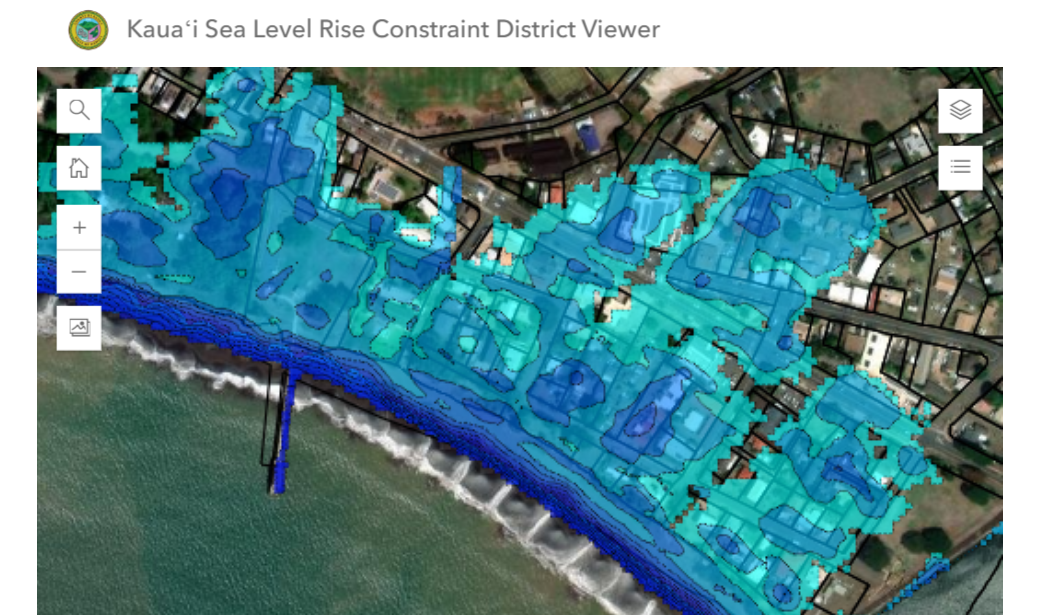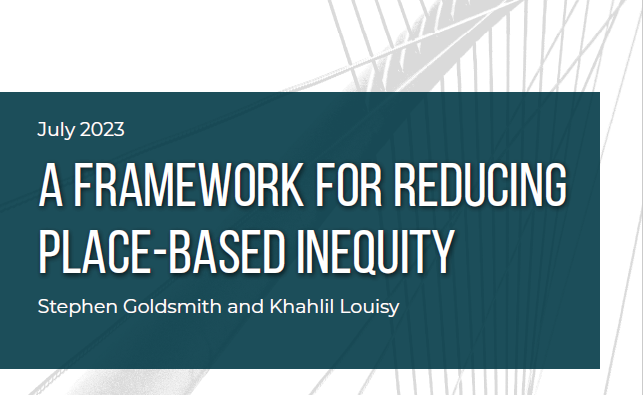- January 22, 2018
- Data Visualization
Complementing Harvard’s Map of the Month series, each week, Map Monday highlights a data visualization that enhances understanding of or helps resolve a critical civic issue.
Boston, like many cities, has a few steadfast topics of conversation. The snow. The MBTA. And of course the topic most savored by the city’s natives: how its neighborhoods have changed.
Boston is hardly alone in navigating the strains of gentrification. In fact, it hasn’t even been the hardest hit by the wave of young urbanites that has displaced working-class natives in the last 15 years. Research indicates that Boston doesn’t even crack the top ten of most rapidly gentrifying cities between 2000 and 2015, a troubling title claimed by cities such as Portland, Oregon, Sacramento, Denver, Washington D.C., and Austin.
Such an exclusion would likely prompt protest among Bostonians, unless they had considered the reason for Boston’s absence from the list: the city is already too gentrified to see the rapid demographic shifts visible in other cities.
Those historic shifts are made plain, however, in Ungentry, an interactive map of Boston over the course of twenty years. Using publicly available data from the American Community Survey, the Boston Foundation, and the MetroBoston data common, Code for Boston volunteers created the map to illustrate the median percentage of income residents paid for rent in 1990, 2000, and 2010.
In 1990 and 2000, large census tracts in areas downtown—in neighborhoods such as the Financial District—show populations considered cost-burdened, meaning they pay more than 30 percent of their income to rent. By 2000, those highly burdened renters are populating more industrial neighborhoods further south, while central downtown residents are experiencing much less financial strain. Predictably, it’s not because the housing got cheaper; rather, as wealthier renters or owners are moving in and driving housing costs up, middle-income renters with stagnant wages become scarcer.
 Users can also view demographic shifts in neighborhoods by the percentage of households living below the poverty line or earning over $100,000. While in 1990, only a few neighborhoods were dominated by the wealthiest residents, by 2010 almost all major downtown neighborhoods reported at least 43-58% of households earning over $100,000.
Users can also view demographic shifts in neighborhoods by the percentage of households living below the poverty line or earning over $100,000. While in 1990, only a few neighborhoods were dominated by the wealthiest residents, by 2010 almost all major downtown neighborhoods reported at least 43-58% of households earning over $100,000.
 The most telling conclusion from the map, however, is not the movement of the city’s wealthiest or most impoverished; rather, it’s the growing gap between them. As Boston ponders how to improve affordability and stave off the displacement that has plagued cities such as San Francisco, contemplating strategies that meet the needs of the middle and working class will be necessary to mitigate further socioeconomic stratification. Understanding where middle income residents are relocating within city limits affords policymakers the opportunity to prioritize mixed-income developments in those areas or advocating for more flexible zoning policy in areas that might accommodate working class residents. If Boston’s creative and technology economies continue to flourish as they have been over the past decade, employers may ultimately be unable to source talent unable to afford living in the city.
The most telling conclusion from the map, however, is not the movement of the city’s wealthiest or most impoverished; rather, it’s the growing gap between them. As Boston ponders how to improve affordability and stave off the displacement that has plagued cities such as San Francisco, contemplating strategies that meet the needs of the middle and working class will be necessary to mitigate further socioeconomic stratification. Understanding where middle income residents are relocating within city limits affords policymakers the opportunity to prioritize mixed-income developments in those areas or advocating for more flexible zoning policy in areas that might accommodate working class residents. If Boston’s creative and technology economies continue to flourish as they have been over the past decade, employers may ultimately be unable to source talent unable to afford living in the city.
Imagine Boston 2030, the city’s first strategic plan in over 50 years, sets the quota for new development at 57,000 new units in order to meet the swelling demand. The city is already thinking creatively about how and where to build, including a recent experimentation around building micro-housing units in the Seaport district.
Building, however, won’t be enough to prevent the displacement of Boston’s middle class; the micro-housing units, undeniably a feat of elegant design, remained unaffordable for the middle-class demographic the city is striving to retain, not to mention unapproachable for those who view certain areas of the city as unwelcoming for residents of color. Ultimately, similar datasets could be utilized to encourage a more comprehensive affordability conversation between cities about how to meet the needs of the shrinking middle class.
Boston, where a shared distaste for snow unites us. What divides us? Whether we’ll be able to afford staying in the city long enough to complain about it.


 Jess Weaver is a Research Assistant and Writer for Data-Smart City Solutions. Before joining the Ash Center, Jess worked as a researcher on a field mapping project on civic media for the MacArthur Foundation while completing her Master’s degree in Civic Media, Art and Practice out of the Emerson College Engagement Lab. She spent the bulk of her career in nonprofit strategic communications and corporate social responsibility, most recently as the Communications Director for Essential Partners, a Boston-based nonprofit that equips individuals and communities to engage in constructive dialogue across differences in identity.
Jess Weaver is a Research Assistant and Writer for Data-Smart City Solutions. Before joining the Ash Center, Jess worked as a researcher on a field mapping project on civic media for the MacArthur Foundation while completing her Master’s degree in Civic Media, Art and Practice out of the Emerson College Engagement Lab. She spent the bulk of her career in nonprofit strategic communications and corporate social responsibility, most recently as the Communications Director for Essential Partners, a Boston-based nonprofit that equips individuals and communities to engage in constructive dialogue across differences in identity.


